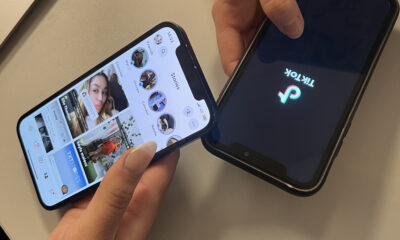Culture
Botched cosmetic surgery
With the rise of Social Media and online influencers constantly posting the ‘perfect’ picture, this has led to an increase of focus and attention on body image, reports Shola Patterson
Even if you try it, you cannot escape. There are daily advertisements spread all across our social media, whether that be teeth whitening kits, makeup or dieting pills – each advert is trying to sell us something to improve ourselves. Suggesting that our natural selves are not good enough or live up to the ‘beauty standard’. Most of the time, accompanying these ads are unrealistic images of photoshopped models or models that have undergone a ton of surgery. They are not what the average person looks like, however, being constantly exposed to them makes us think otherwise.
Celebrity endorsements on social media have led to more and more young people seeking bargain price fillers and Botox. These stars receive free treatments in exchange for online promotion via their platform, planting the seed in the young and vulnerable minds, sometimes without them even knowing.
Recent data shows that 83% of procedures were administrated by non-medics. So, as the demand and popularity for the cosmetic procedures grow, sadly so does the number of unscrupulous people who make money out of it. The number of problems related treatments such as lip fillers and Botox has trebled, jumping from 378 in 2016 to 931 in the space of 12 months.
Of course, we are in a free country. If somebody has a decision-making capacity and wants to spend their own money on cosmetic surgery, then that is up to them. However, that should be in the hands of somebody who is fully qualified and uses the right tools to do so. I agree that consumers should do their research intensely beforehand. On the other hand, if your favourite celebrity has undergone work at that particular place you tend not to question.
According to the Guardian, the highest number of complaints were about dermal filler, with the vast majority linked to lip procedures. The most common problem included people complaining of uneven results, unsightly lumps and nodules, unusually painful swelling and infection. In some extreme cases, the patient could develop necrosis a form of cell injury that results in the premature death of cells. This can lead to permanent scarring.
The best way to tackle this problem is to educate. Educate the consumers, let them know the risks. Enforce more regulations, making it harder for these non-qualified companies to practice. However, the biggest issue here is us as a society. We need to stop glorifying the unrealistic and praising the natural, in a hope to start loving our bodies again.



















